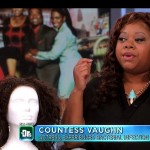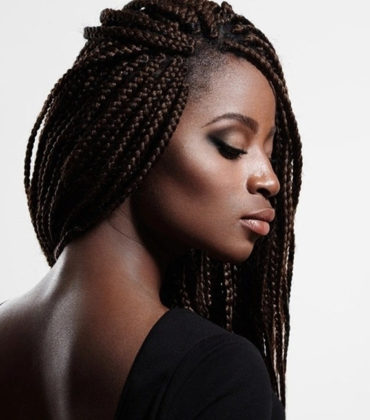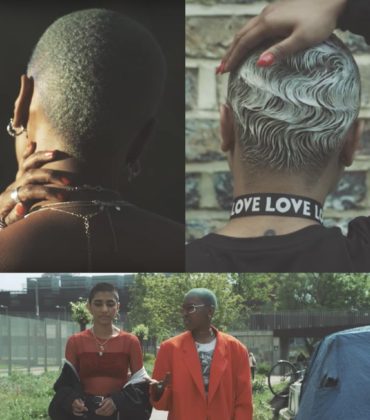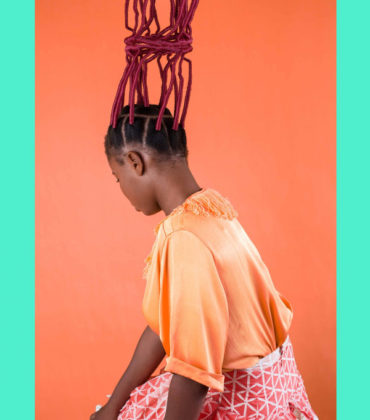
When child-actress Countess Vaughn shared her hair woes on a recent episode of “The Doctors”, many viewers reacted with disgust and pity. Vaughn described the hair loss, skin infections, “oozing”, and “pus” that resulted from an infected hairline due to repeated use of glue to attach her lacefront wigs. Countess also admitted that she allowed her infected hairline to go untreated for six months before seeing a dermatologist. The 35-year old actress was in tears at the end of the segment; she vowed to teach her young daughter self-love. Naturally, news of this incident spread like wildfire leading to many proclaiming that “going natural” was the ultimate solution for Countess Vaughn’s woes as well as the hair mishaps of most black women.

The problem, in this instance, however was not Countess’ desire for long, straight, silky hair, it was the lack of attention paid to her health and the lack of knowledge of health risks associated with certain beauty processes. Infections spread and can lead to a long list of long term health issues. While African-Americans spend a reported 507 billion dollars on hair care and personal care products and services, we still overpay on services and are often being sold unsafe or unregulated products. Most hair products are not FDA approved, many of us still get a “hook-up”, play “kitchen beautician” with the help of friends and family, or we are often overcharged for products and services based on trend. I’m not seeing how going natural will solve this issue, for example, many basic products for natural haircare can cost upwards of $60 for a container of moisturizer or $25 a bottle for conditioner. Also, a hair hierarchy persists in the natural hair movement, many women are purchasing such overpriced products in hopes of turning their 4b into a 3b. And we all have natural-hair war stories, I know I do, complete with missteps which led damage, breakage or even hair loss. Despite black women being a massive market for haircare products, the science of black hair remains a mystery, with facts only being uncovered slowly.
In this conversation about Countess Vaughn’s hairline, I’m seeing a lot of “vanity-shaming”, as in “that’s what you get for trying to be something that you’re not”. This sort of shaming coupled with fear of embarrassment is probably what delayed Vaughn from seeking help in the first place.
It’s important to remember that any haircare process could lead to complications. Repeated use of too-tight protective styles and natural hair products laden with mineral oils and alcohols could very well give a naturalista a hairline that rivals Countess’ and Naomi’s. Women are always going to want ease and versatility in their hair-styling choices. The lesson in all of this is to seek out a hair professional who is well-versed in actual haircare, to do your research, and to follow your gut at the first sign of trouble, if you are uncomfortable speak up or seek out another beautician. Your money is part of a 507 billion dollar pot and the customer is always right. If a woman desires straight hair, she should be able to have that option in a safe, healthy manner. I hope that eventually we come to a place where straight hair, dying and other processes don’t mean compromising your hair or your health. Issues like Vaughn’s are due to a lack of knowledge about actual hair care, a lack of information available to black women about their hair, and straight up embarrassment. Vanity is not the problem. Haircare might be always be inconvenient and time consuming, but it shouldn’t lead to pain, trauma, or health complications.
Recommended Reading: “The Science of Black Hair: A Comprehensive Guide to Textured Hair Care” by Audrey Davis-Sivasothy and “If You Love It, It Will Grow: A Guide To Healthy, Beautiful Natural Hair
” by Phoenyx Austin.




